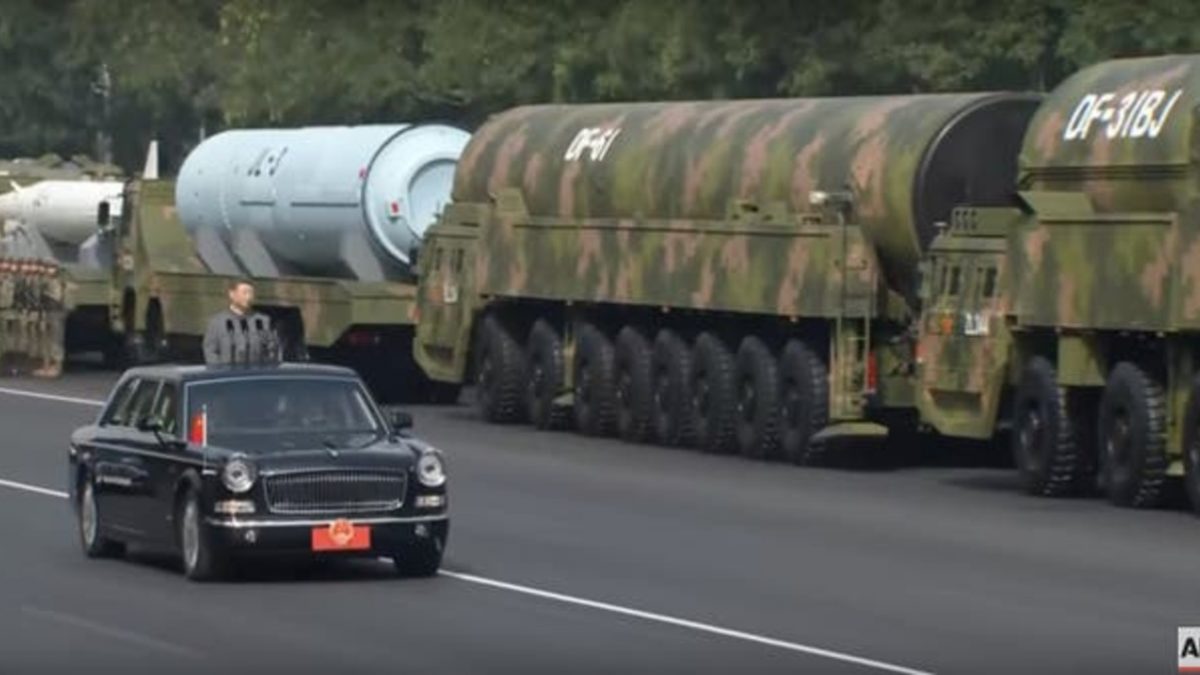China’s Xi showcased Beijing’s military might, unveiling Dong Feng-61 and Dong Feng-31BJ nuclear-capable missiles at a parade marking 80 years since Japan’s defeat in WW2.
Chinese President Xi Jinping showcased Beijing’s military might on Wednesday, unveiling some of its most advanced missile systems at a massive parade marking the 80th anniversary of Japan’s defeat in World War II.
For the first time, China displayed the Dong Feng-61 and Dong Feng-31BJ nuclear-capable intercontinental ballistic missiles, a stark signal to the West of its growing strategic reach.
The military also rolled out the YJ-series hypersonic missiles, including the YJ-15, YJ-17, YJ-19 and YJ-20. Known as “Ying Ji” or “eagle attack,” these missiles can be launched from ships or aircraft and are designed to cripple large enemy vessels.
Analysts say the YJ systems underline China’s rapid progress in hypersonic weapons — technology considered game-changing for its ability to evade traditional defence systems.
The parade, China’s largest ever, concluded with the release of 80,000 doves into the sky.
Xi flanked by Putin, Kim
Flanked by Russia’s Vladimir Putin and North Korea’s Kim Jong-un, Xi used the occasion to project his vision of a new global order. “China firmly stands on the right side of history,” he declared in his opening speech. Warning of present-day tensions, he added, “Today humanity again has to choose between peace and war.”
Earlier, Putin and Xi met to secure a new long-term gas deal, while Kim arrived in Beijing by armoured train after visiting a missile lab. Analysts are watching closely for signs of potential trilateral defence cooperation among China, Russia and North Korea, following military pacts signed last year.
End of Article

)

)